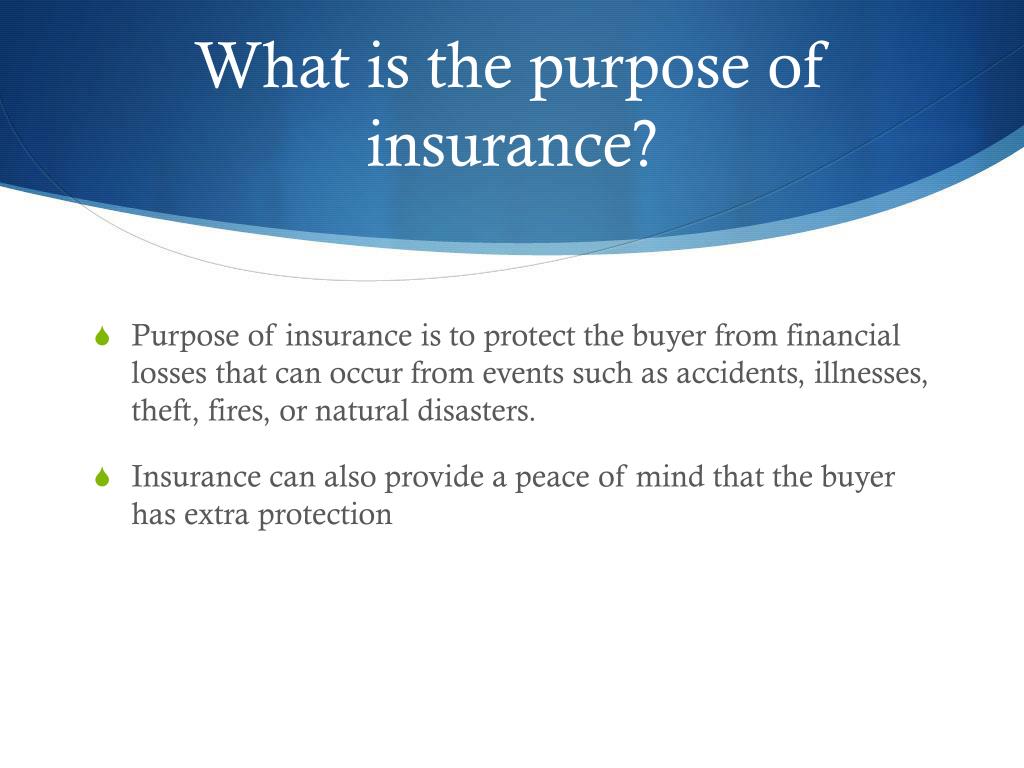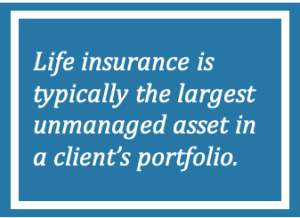The Ultimate Guide To Pacific Prime
The Ultimate Guide To Pacific Prime
Blog Article
Getting My Pacific Prime To Work
Table of Contents10 Simple Techniques For Pacific PrimeThe 8-Second Trick For Pacific PrimePacific Prime Things To Know Before You Get ThisExcitement About Pacific PrimeA Biased View of Pacific Prime

This is due to the fact that the data were accumulated for a period of strong economic performance. Of the approximated 42 million individuals who were uninsured, all yet concerning 420,000 (regarding 1 percent) were under 65 years old, the age at which most Americans come to be qualified for Medicare; 32 million were grownups between ages 18 and 65, around 19 percent of all grownups in this age; and 10 million were kids under 18 years old, concerning 13.9 percent of all youngsters (Mills, 2000).
These estimates of the variety of persons without insurance are generated from the annual March Supplement to the Existing Populace Study (CPS), performed by the Census Bureau. Unless or else noted, nationwide quotes of individuals without health insurance coverage and proportions of the population with different sort of coverage are based on the CPS, the most commonly utilized source of quotes of insurance protection and uninsurance prices.
The Basic Principles Of Pacific Prime

Still, the CPS is specifically valuable since it produces yearly quotes relatively swiftly, reporting the previous year's insurance protection estimates each September, and because it is the basis for a regular collection of quotes for more than two decades, permitting for evaluation of trends in coverage over time. For these reasons, along with the substantial use the CPS in various other studies of insurance policy coverage that exist in this record, we rely upon CPS quotes, with restrictions noted.

The estimate of the variety of without insurance people increases when a populace's insurance policy condition is tracked for several years. Over a three-year duration beginning early in 1993, 72 million individuals, 29 percent of the U.S. http://dugoutmugs01.unblog.fr/2024/04/02/pacific-prime-your-partner-for-comprehensive-insurance-solutions/. populace, lacked insurance coverage for a minimum of one month. Within a single year (1994 ), 53 million people experienced a minimum of a month without protection (Bennefield, 1998a)
6 out of every 10 uninsured grownups are themselves utilized. Although functioning does improve the probability that and one's relative will certainly have insurance policy, it is not an assurance. Also members of family members with two permanent wage earners have nearly a one-in-ten chance of being uninsured (9.1 percent without insurance rate) (Hoffman and Pohl, 2000).
Some Known Facts About Pacific Prime.
New immigrants represent a considerable percentage of individuals without medical insurance. One analysis has attributed a substantial portion of the recent development in the dimension of the U.S. uninsured populace to immigrants that arrived in the nation in between 1994 and 1998 (Camarota and Edwards, 2000). Recent immigrants (those that pertained to the United States within the previous four years) do have a high rate of being without insurance (46 percent), but they and their youngsters account for simply 6 percent of those without insurance policy across the country (Holahan et al., 2001).
The relationship between health insurance policy and access to care is well developed, as recorded later on in this chapter. Although the partnership between health and wellness insurance policy and health and wellness results is neither straight neither easy, a considerable clinical and wellness services research study literary works links medical insurance coverage to enhanced accessibility to care, better quality, and boosted individual and population health and wellness status.
Degrees of evaluation for taking a look at the effects of uninsurance. This discussion of medical insurance protection concentrates primarily on the united state populace under age 65 due to the fact that essentially all Americans 65 and older have Medicare or various other public insurance coverage. Moreover, it focuses specifically on those without any type of medical insurance for any size of time.
The Buzz on Pacific Prime
The problems faced by the underinsured are in some areas similar to those faced by the uninsured, although they are usually much less serious. Health insurance, nonetheless, is neither needed neither adequate to gain accessibility to medical solutions. The independent and direct result of health and wellness insurance protection on access to wellness services is well developed.
Others will certainly obtain the healthcare they require even without health insurance policy, by spending for it expense or seeking it from a knockout post providers that offer treatment totally free or at very subsidized rates. For still others, medical insurance alone does not make certain receipt of treatment as a result of other nonfinancial barriers, such as an absence of health treatment companies in their community, minimal access to transportation, illiteracy, or etymological and social differences.
Pacific Prime Things To Know Before You Get This
Formal research study concerning uninsured populaces in the United States dates to the late 1920s and very early 1930s when the Committee on the Price of Healthcare generated a series of records about funding medical professional workplace sees and hospital stays. This concern became salient as the varieties of clinically indigent climbed up throughout the Great Clinical depression.
Report this page